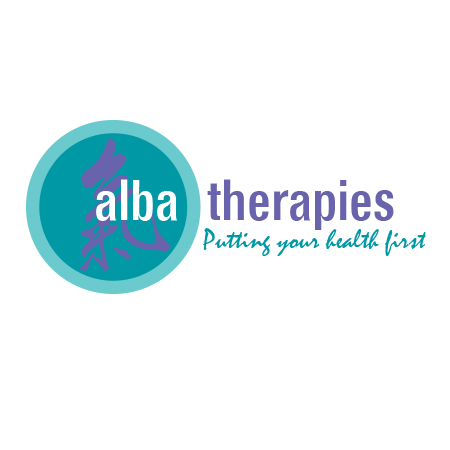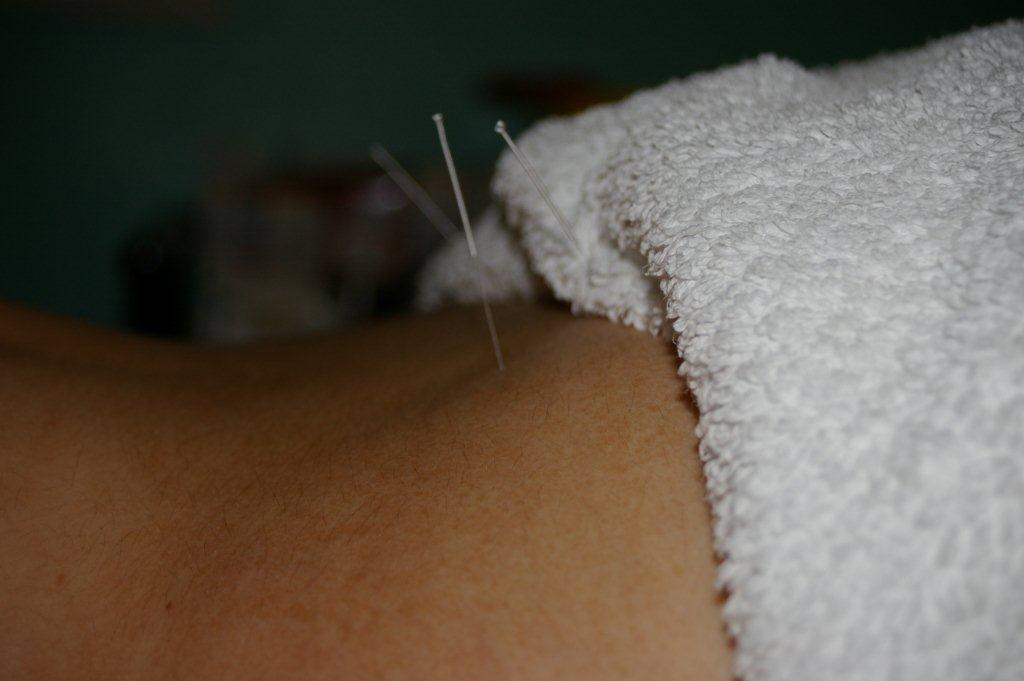
Rosalba D'Agostino
Clicking on the Send Me Details Now button opens an enquiry form where you can message Rosalba D'Agostino directly
Alba Therapies
Focus areas
Chinese Medicine
What is it and what can it be used for?
"Heaven, Earth and I are living together, and all things and I form an Inseparable unity" - Chuang Tzu
For over twenty three centuries acupuncture needles and Chinese Herbs have mended what is now one-quarter of the world's population, yet it is only in the last five decades that most Westerners have even heard of them.
Acupuncture

What is Acupuncture?
Acupuncture is a part of Traditional Chinese Medicine (TCM) which originated in China over 3000 years ago. The use of acupuncture is growing around the world, as more and more Western medicine practitioners use TCM in conjunction with their own methodology. In fact many western doctors have recognised the efficacy of acupuncture especially for pain relief. Acupuncture takes on a holistic approach to understanding disease, illness and other conditions and focuses on prevention of such. It looks at the underlying conditions or root cause, not only just the presenting signs and symptoms but other health problems and the general state of health and well-being for the prevention of illness.
The Acupuncture Evidence Project1 reviewed the effectiveness of acupuncture for 122 treatments over 14 clinical areas. They found some evidence of effect for 117 conditions. “Our study found evidence for the effectiveness of acupuncture for 117 conditions, with stronger evidence for acupuncture’s effectiveness for some conditions than others. Acupuncture is considered safe in the hands of a well-trained practitioner and has been found to be cost-efective for some conditions. The quality and quantity of research into acupuncture’s effectiveness is increasing.” Acupuncture Evidence Project,
| The Acupuncture Evidence Project Summary of Acupuncture Effectiveness for the following conditions: |
| Positive Effect ✔✔ | |
| Allergic Rhinitis | Knee Osteoarthritis |
| Migraine prophylaxis | Headache (chronic tension-type and chronic episodic) |
| Chronic Lower back pain | Chemotherapy-induced nausea and vomiting |
| Post-operative nausea and vomiting | Post-operative pain |
| Potential Positive Effect ✔ | |
|
Acute low back pain - Acute stroke |
Do acupuncture treatments hurt?
No pain should be felt when undergoing an acupuncture treatment, although every person experiences things differently. In general, people will experience a free flow of energy, which can manifest as itchiness or a tingling sensation around the needles and travelling up and down the body. If the patient has acute pain in one part of the body, a quick ‘twang’ may be felt on insertion of the needle in this place. If the patient has a fear of needles, there are other options available.
Using Laser instead of needles
Laser is used for babies, young children, or adult clients – anyone who may be sensitive or have a phobia of needles. The laser is used instead of needles in the same way – looking like a pen with a laser at the tip. The laser moves the qi the same way as a needle, thus having the same desired effect. This process is considered to be painless.
What is involved in an acupuncture treatment?
The first consultation usually takes a full hour. In that time, the practitioner will ask the patient questions, examine the tongue and “read” the pulse to make a diagnosis. Any questions you may have at this time regarding the treatment will also be answered at this time. The treatment may include as well as acupuncture, cupping, gu sha, moxa and Tuina depending on what the practitioner believes will benefit your condition.
The practitioner will inform the patient of how many visits he or she needs, and make another appointment for them. For acute problems, a recommended average of 6 visits (weekly to fortnightly), although this will change from person to person. The best treatment is prevention, so clients are encouraged to come on a semi-regular basis, not just when acute problems occur.
Click on Send Me Details Now to get started
Send Me Details Now